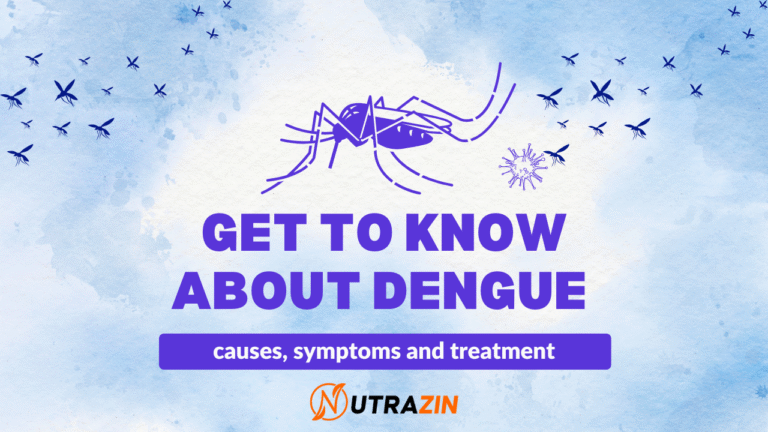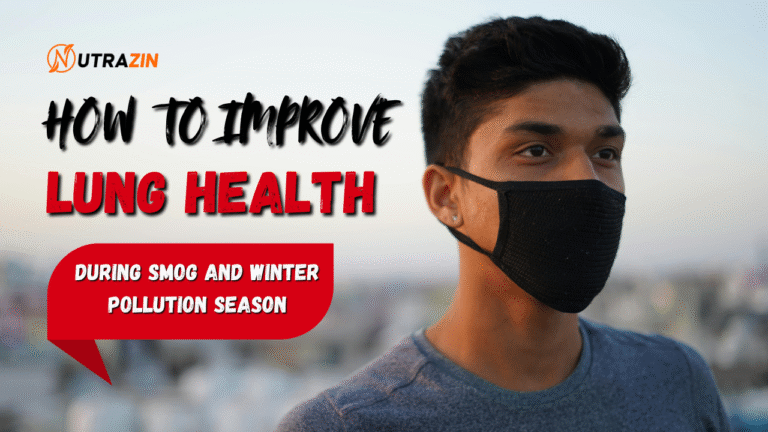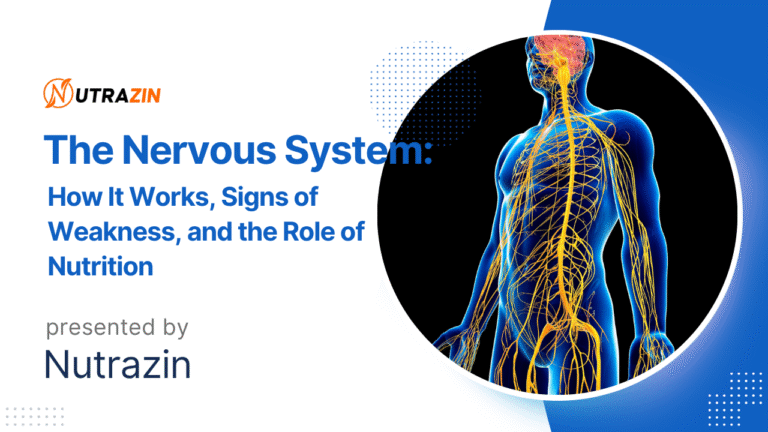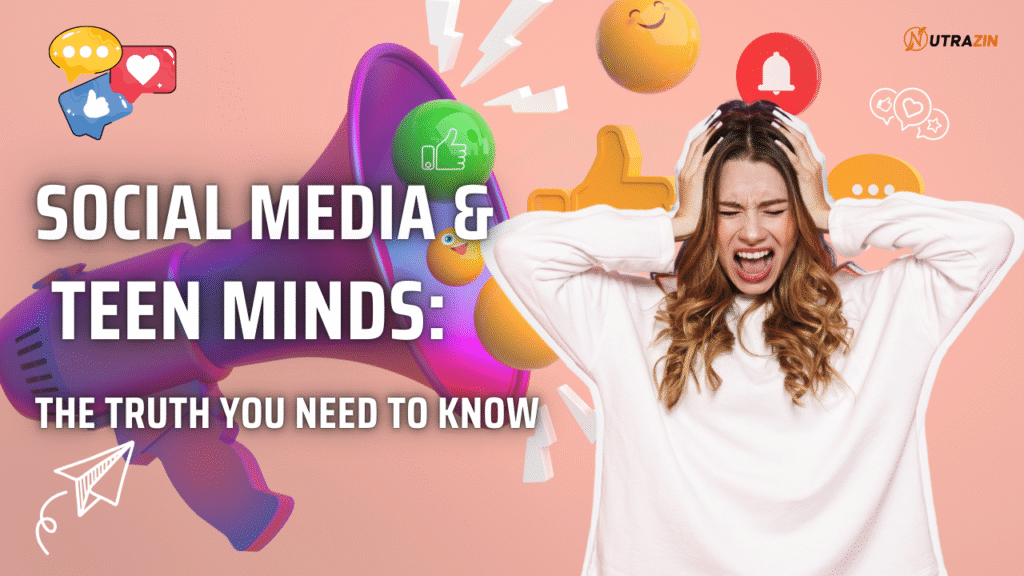
Introduction
Always online but not always okay
We live in an era of constant connection. Whether it’s liking a friend’s picture, posting a story, or scrolling through video before bedtime, social media is a big part of our routine, especially for youth. It provides a way of connecting, exploring, making, and knowing. However, since it is strong, this digital world also carries a risk that is not always easy to detect.
Studies suggest an increasing link between excessive screen time and increasing anxiety speed in adolescence, depression, and poor sleep. But this does not mean that social media is naturally bad – this means we have to learn to use it with care.
Let’s see how social platforms affect teenage mental health and what you can do to maintain a healthy balance.
Chapter 1: The advantages and disadvantages of being “connected”

Social media is not all downfall and sadness.
It is clear upwards:
- Keep in touch with friends, especially during long breaks
- Finding local communities that support your interests or conflicts
- Learn new things – from DIY projects to activism
- Express yourself through art, humor and stories
But here is a catch: One who helps us connect can also distort our self-image. Carefully curated feeds can cause unrealistic expectations, self-realization, and emotional burnout.
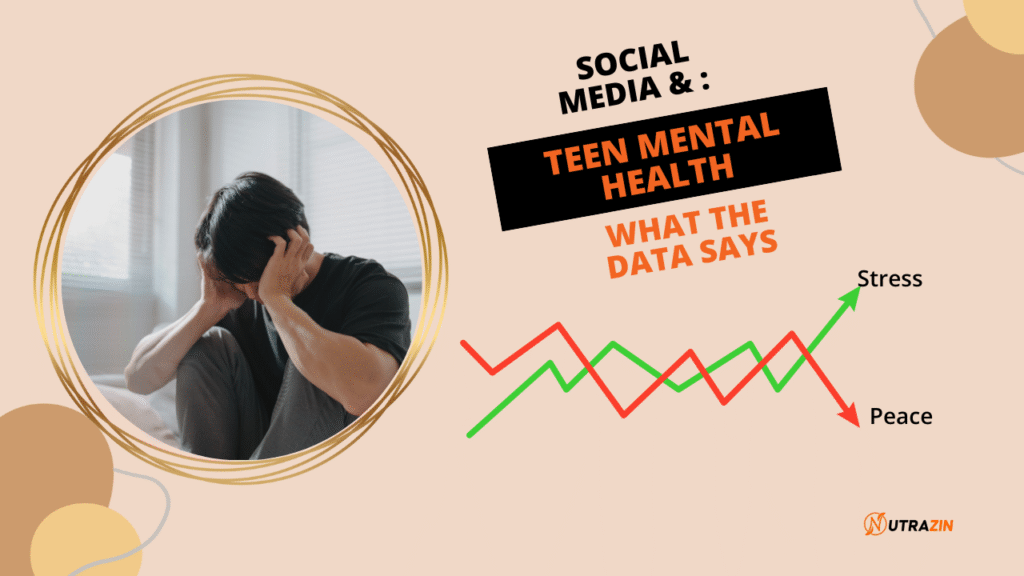
What do you want to feel (and why):
If you are experiencing this, you are not alone:
- Feeling left out after seeing friends hang out without you (FOMO).
- Concern about likes, views, or comments.
- Feeling “less than” due to filtered perfection online.
- Difficulty concentrating due to constant digital stimulation.
- Trouble falling asleep after late-night scrolling.
This is not just in your head. Research by the American Psychological Association and other global studies confirms that too much screen time and digital comparison can adversely affect mental comparison – especially in adolescence, a significant time for brain development and brain formation.
Chapter 2: How to create a healthy digital relationship
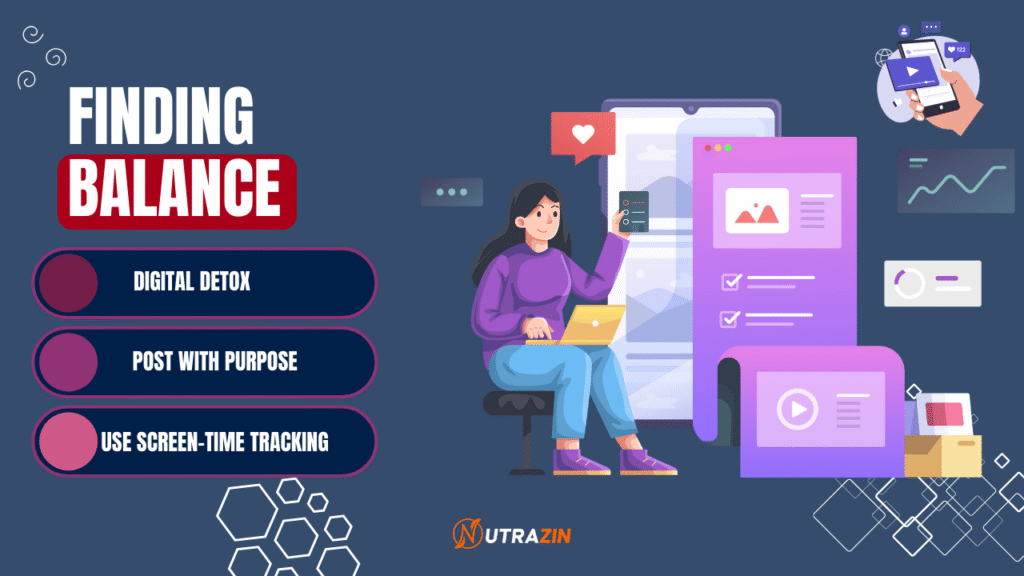
Here are smart, practical ways to stay under the screen’s time control, and enjoy the perks of being online:
1. Be a Time-Smart
Use display time tracking apps or telephone settings to limit its use. Try “No Social Media Zone” during meals or an hour before bed.
2. Clean your feed
Unfollow the Accounts that make you feel anxious, unworthy, or drained. Curate your timeline to reflect the things that lift you – such as nature, humor, learning, or positivity.
3. Try a mini digital detox
Disconnect a few hours a day of the week. Use the time to connect with hobbies, meet a friend, or just relax.
4. Choose a conversation over comments
Face-to-face (or even voice) conversations build deeper emotional connections than likes or emojis ever can.
5. Post with purpose
Before you share anything, you can ask yourself, “Is it for connection or confirmation?” Putting out deliberately leads to a healthy association.
6. Authentic you
Social media doesn’t have to be flawless. Share real moments, not just highlights. Vulnerability invites connection.
Chapter 3: Know when to reach out
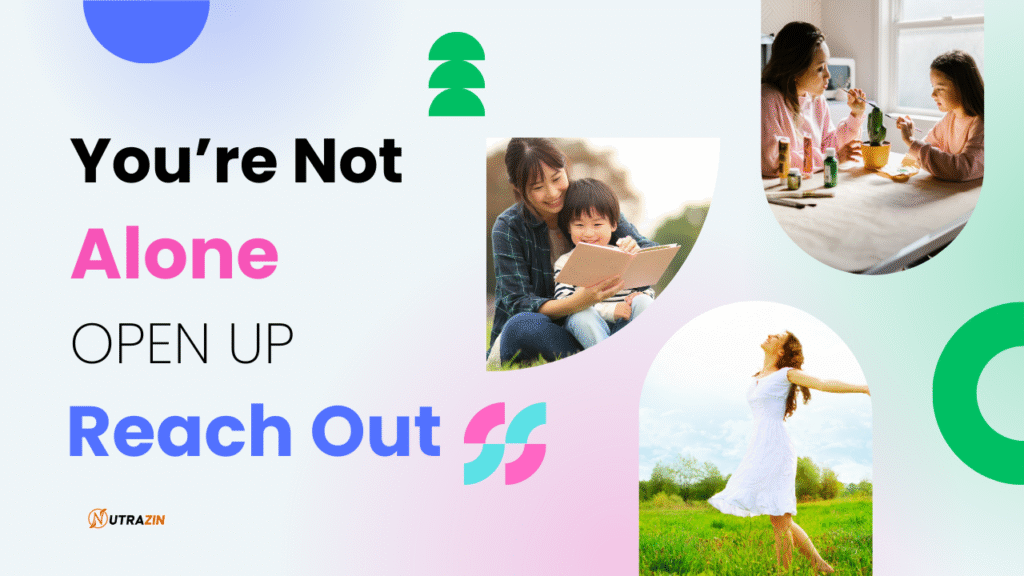
It is normal to feel down sometimes. But if you are constantly worried, pulled back, or overwhelmed, it may be time to talk to someone:
- Start with a trusted adult, teacher, or school counselor.
- Teen-friendly mental health platforms such as YourDOST or Fortis MIND
- Don’t wait for a “breaking point.” Early conversations help.
Chapter 4: Parents, school, and social role in supporting digital welfare:
The conversation about social media and young people’s Mental health does not stop at the individual level – it is also a social responsibility. Parents, teachers, and society play an important role in the design of completely healthy digital habits.
For parents:
LED by example. If your teenager sticks you continuously with your phone, they will follow.
Just don’t monitor – talk. Ask how some material makes them feel or what trend they look at online.
Encourage offline activities such as sports, music, and reading to balance.
For schools:
Integrates digital welfare training in the course. Teach students how to manage screen time, identify cyberbullying, and create a healthy look online.
Give access to the school’s advisors and support groups where students can talk openly about their matches.
To promote this reliable welfare operation to make it reliable and less “preaching”.
For society and platforms:
Social media platforms should take more responsibility. Some already connect warnings about screen time, material filters, and “a break” features (such as Instagram).
Mental health organizations should work with platforms to spread consciousness through reels, shorts, and stories in youth-friendly formats.
Influencers can lead the way by showing real, vulnerable moments — not just highlights — to normalize imperfection.
Chapter 5: The Bigger Picture — A Digitally Aware Generation
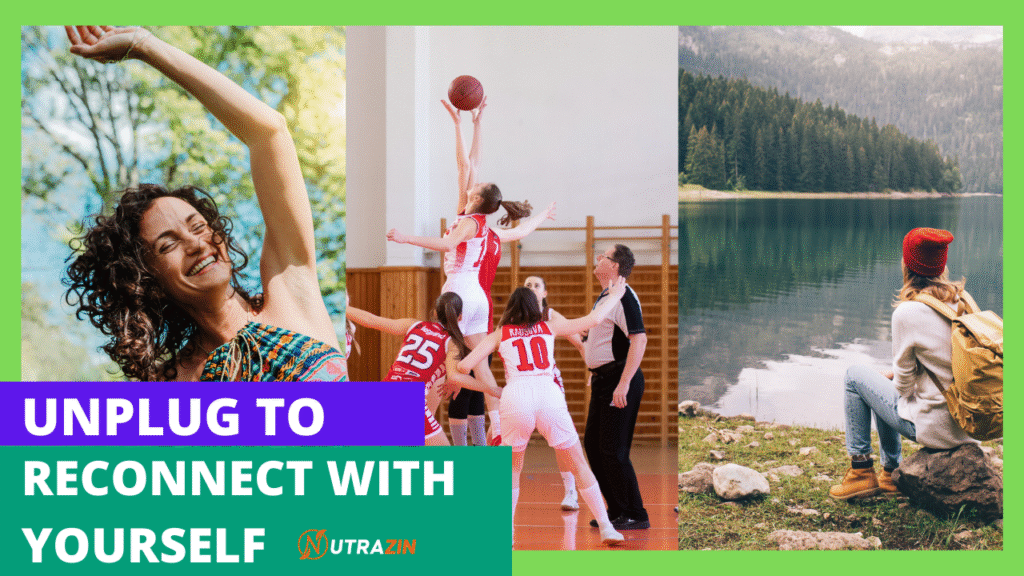
You are part of a generation that rewrites the communication rules and identity. It is powerful – but the responsibility comes with power.
- Speaking for your mental health in the same way that you advocate your physical health.
- Be the friend who checks in when someone goes quiet online.
- Talk openly about anxiety, burnout, and comparison – because the silence feeds the stigma.
- Push to change. Whether it asks your school to host a well-being or just more brain in your digital place, every step means something.
Real Voices: What Teenagers Say
Let’s hear from some real teens (based on anonymous reactions and research):
- “Sometimes I delete Instagram for a week just to reset. It’s crazy how different I feel after even 3 days.” – Aarav, 16
- “I used to compare my body to influencers constantly. Then I realized they don’t even look like that in real life.”– Sofia, 17
- “I try to follow at least 3 positive mental health accounts for every ‘glam’ one. Keeps me grounded.”– Riya, 15
These are real strategies being used by real teens — showing that even small shifts can lead to meaningful change.
Final Reflections: You Deserve Peace More Than Popularity
There’s no denying the digital world is exciting – but your value was never measured by likes, shares, or views.
Let social media be a tool, not your timeline for self-worth.
Protect your peace. Priority of your mind. And remember – logging off does not mean you are missing. This means you’re tuning in… to you
At Nutrazin, we’re more than a name — we’re your well-wishers. Whether online or offline, we’re always here to support your health, your growth, and your peace of mind.

